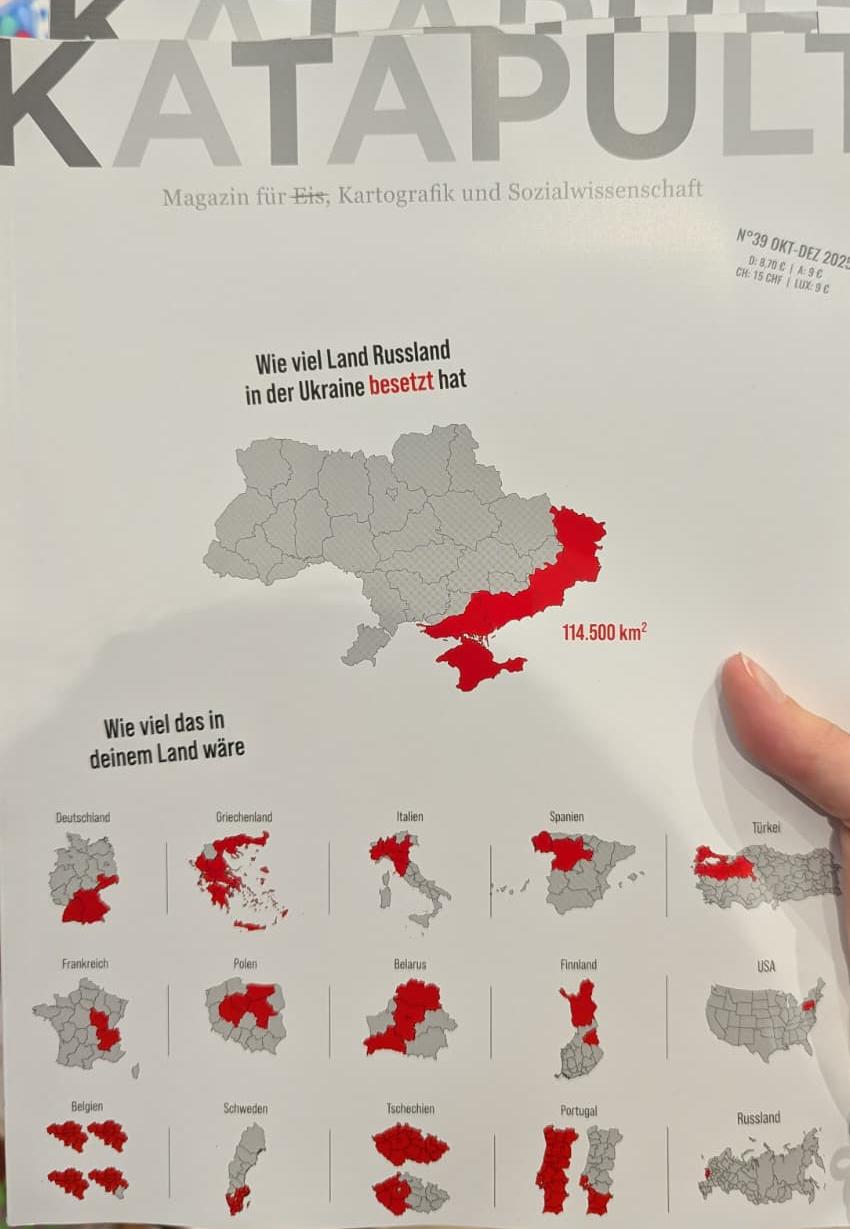Map of Russian Occupied Territories


Marcus Rodriguez
Historical Geography Expert
Marcus Rodriguez specializes in historical cartography and geographic data analysis. With a background in both history and geography, he brings unique...
Geographic Analysis
What This Map Shows
This visualization provides a clear overview of the territories that Russia has occupied over the years, particularly focusing on the regions acquired since the early 21st century. It highlights areas such as Crimea, parts of Eastern Ukraine, and regions in Georgia, showcasing how geopolitical tensions have transformed the landscape of these nations. The map serves as a powerful tool for understanding the dynamics of land occupation and territorial disputes that have marked recent history.
Deep Dive into Territorial Occupation
Territorial occupation refers to the control or dominance that one nation exerts over another's land, often through military means or political pressure. In the case of Russia, this phenomenon has been particularly pronounced since its annexation of Crimea in 2014. The strategic importance of these territories cannot be understated; they often come with rich natural resources, access to vital waterways, and significant economic benefits.
Interestingly, the roots of these territorial claims often lie in historical context and cultural connections. For instance, Crimea has deep historical ties to Russia, dating back centuries. The Crimean War of the 1850s, the Soviet era, and the eventual transfer of Crimea to Ukraine in 1954 complicate the narrative of rightful ownership. According to data from the United Nations, the annexation of Crimea was widely condemned internationally, leading to sanctions and a reevaluation of diplomatic relations with Russia.
Additionally, the occupation of parts of Eastern Ukraine has resulted in ongoing conflict and instability in the region. The map reflects not only the physical occupation but also the human impact, as millions have been displaced due to the fighting. Reports indicate that as of 2023, over 1.5 million people have been internally displaced within Ukraine as a direct result of this conflict. This demographic shift is critical to understanding the broader implications of territorial occupation.
Beyond Ukraine and Crimea, Russia's actions in Georgia, particularly in the regions of Abkhazia and South Ossetia, also illustrate its approach to territorial claims. In 2008, following a brief war with Georgia, Russia recognized these regions as independent states, a move that has not been widely accepted by the international community. This situation further complicates the geopolitical landscape in the Caucasus region, leading to heightened tensions and a precarious balance of power.
Regional Analysis
Examining the regions depicted in the map reveals significant variations in the nature and consequences of Russian occupation. In Crimea, the annexation led to a rapid militarization and the establishment of Russian governance, affecting local populations and changing the sociopolitical landscape. Reports indicate a crackdown on dissent and a significant increase in military presence.
In contrast, the situation in Eastern Ukraine is characterized by ongoing conflict and a lack of stable governance. The areas under occupation have seen the emergence of self-proclaimed republics, which have not achieved international recognition. The local populations experience a unique set of challenges, including limited access to essential services and a constant threat of violence.
Interestingly, the dynamics in Abkhazia and South Ossetia offer another perspective. These regions have become heavily reliant on Russian support, leading to a unique dependency that complicates local governance and international relations. The economic implications are profound, as these territories struggle to maintain stability and prosperity amid external pressures.
Significance and Impact
Understanding the map of Russian-occupied territories is crucial for grasping the current geopolitical climate. The implications extend beyond mere land ownership; they touch on issues of national sovereignty, international law, and human rights. The ongoing conflicts in these regions highlight the fragility of peace in a world where borders are contested, and the consequences for local populations can be dire.
As we look to the future, the trends suggest that these territorial disputes are unlikely to resolve themselves quickly. The international community's response, including sanctions and diplomatic efforts, plays a vital role in shaping the outcomes. However, the resilience of the affected populations and their aspirations for stability and peace remain a beacon of hope amid the complexities of occupation. Ever wondered why some regions seem to be perpetually embroiled in conflict? The answer often lies in the intricate web of history, culture, and power dynamics that define these territories. As we reflect on this map, it serves as a reminder of the ongoing struggles for identity, autonomy, and justice in a rapidly changing world.
Visualization Details
- Published
- October 17, 2025
- Views
- 38
Comments
Loading comments...